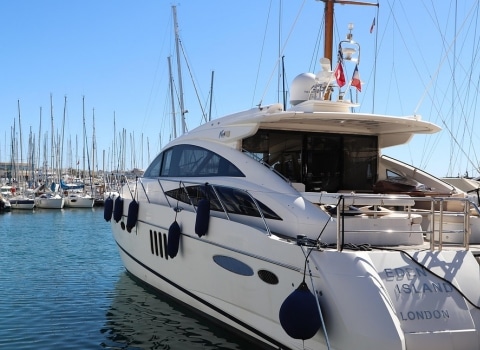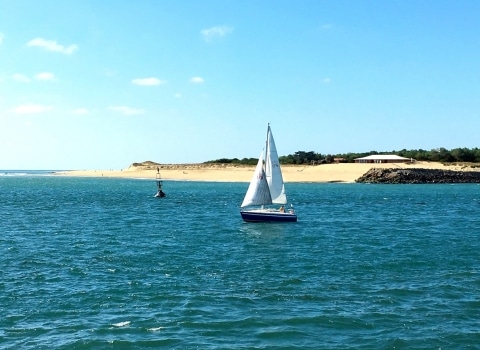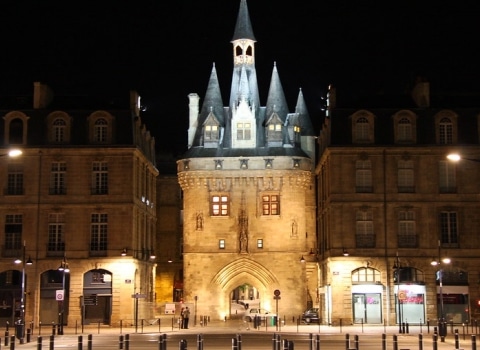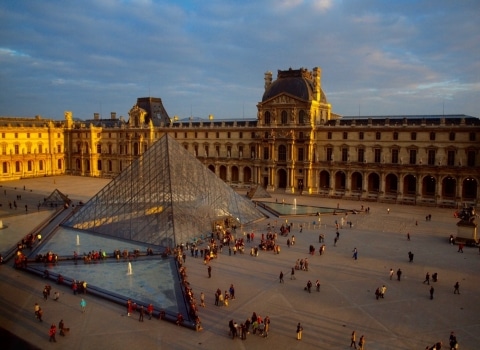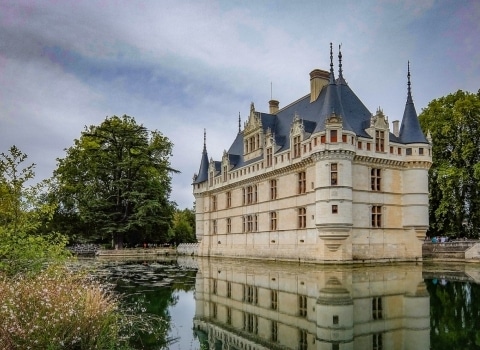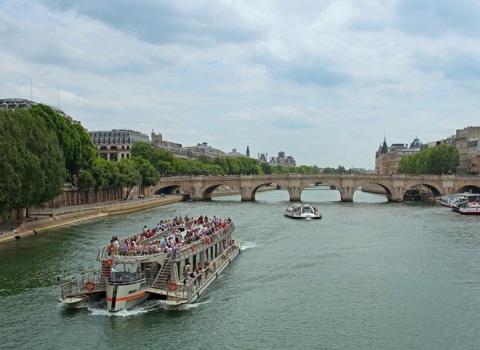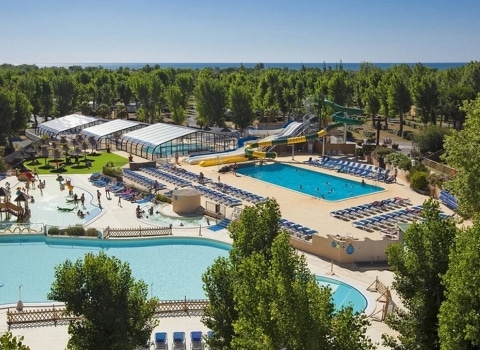Visiting France When Hearing Isn’t the Way In
Traveling through France doesn’t have to rely on sound to be meaningful. Across the country, sign language tours in France are opening new ways to experience culture, history, and heritage, through fully accessible guided visits designed in French Sign Language. Nothing is simplified or skipped. Stories remain intact. Details come through clearly. And what is usually explained becomes something you can truly see.

1. Why choose a sign language tour?
There’s a different kind of clarity when someone signs a story instead of speaking it. For deaf and hard-of-hearing travelers, guided tours in sign language do more than just translate—they create an experience that’s fully accessible from the first step to the last.
Accessibility and total understanding
It’s not just about following along. It’s about grasping the full meaning. With guides trained specifically for sign language interpretation, information isn’t simplified or filtered. It’s shared with nuance. Visitors don’t miss the details—historical context, small curiosities, or the unexpected side notes that often vanish in written captions.
Immersive experience
With sign language, there’s space for silence and concentration. Each explanation becomes part of the setting—whether in a museum hall or outside among centuries-old ruins. The result isn’t louder. It’s deeper. History, art, daily life, all explained visually, in ways that connect beyond words.
Personalized interaction
Groups are often smaller. Which changes everything. There’s time to ask, pause, go back. The rhythm slows down. It feels more like a shared moment than a scheduled lecture. When people can interact freely with the guide, without barriers, the atmosphere softens. Conversation becomes real exchange.
Social inclusion
Being included isn’t just about having access—it’s about feeling present, seen, heard in a different way. These tours offer that. Whether with friends, family, or strangers who sign too, there’s something affirming in taking part in a cultural outing and not feeling like a guest on the sidelines.
Awareness and education
Sign language tours don’t only serve those who need them. They teach everyone around. They show that history, art, and space don’t belong to one kind of visitor. These experiences are reminders—quiet ones—that accessibility isn’t a gesture, it’s a standard.
Reducing language barriers
For those who use sign language every day, written texts or audio guides can feel distant or incomplete. Visual language offers a direct path. Nothing is lost in translation. It’s immediate, physical, precise. A way of being in the space, not just observing it.
2. Museums in France offering sign language tours
Musée du Louvre, Paris
One of the world’s most visited museums, the Louvre offers sign language tours that give fresh access to its vast collection. From ancient sculptures to French masters, it’s possible to explore the building with a guide who signs the history into movement.
- Address: Rue de Rivoli, 75001 Paris
- Website: louvre.fr
- Visit contact: Accessibility and special publics service, accessibilite@louvre.fr
Musée d'Orsay, Paris
Inside the former train station, Impressionist art feels alive. The Musée d’Orsay provides visual language tours that follow the brushstrokes and stories behind them. Sign language here isn’t an add-on. It’s built into the visit.
- Address: 1 Rue de la Légion d’Honneur, 75007 Paris
- Website: musee-orsay.fr
- Visit contact: publics@musee-orsay.fr
Centre Pompidou, Paris
A different energy at the Pompidou. Bright colors, bold shapes, unexpected ideas. Sign language tours here offer another way to follow the language of modern art—movement answering movement.
- Address: Place Georges-Pompidou, 75004 Paris
- Website: centrepompidou.fr
- Visit contact: Handicap Home Service, accueil.handicap@centrepompidou.fr
Musée des Confluences, Lyon
Part science, part anthropology, the Musée des Confluences covers everything from prehistoric bones to future societies. Sign language tours break down complex themes into gestures that stay with you longer than facts.
- Address: 86 Quai Perrache, 69002 Lyon
- Website: museedesconfluences.fr
- Visit contact: accessibilite@museedesconfluences.fr
Musée Fabre, Montpellier
European art from centuries past fills the Musée Fabre. Sign language tours slow the pace, making space to really see—details in a Flemish painting, a Romanesque sculpture, or something contemporary that challenges expectations.
- Address: 39 Boulevard Bonne Nouvelle, 34000 Montpellier
- Website: museefabre.montpellier3m.fr
- Visit contact: mediation@museefabre.montpellier3m.fr
MUCEM, Marseille
At the edge of the Mediterranean, MUCEM gathers objects and ideas that trace centuries of shared culture. A place where history, identity, and sign language meet—making the past visible in more ways than one.
- Address: 7 Promenade Robert Laffont, 13002 Marseille
- Website: mucem.org
- Visit contact: publics@mucem.org
3. Castles and Historic Monuments in sign language
Château de Versailles
No matter how many photos one has seen, Versailles surprises in person. The light, the echoes in the Hall of Mirrors, the way the gardens seem to unfold endlessly. With guided tours in sign language, the grandeur isn’t just seen—it’s explained, felt. French royalty, politics, daily rituals. All of it comes to life through movement, not speech.
- Address: Place d’Armes, 78000 Versailles
- Website: chateauversailles.fr
- Visit contact: accessibilite@chateauversailles.fr
Mont Saint-Michel
Rising from the bay like something out of legend, Mont Saint-Michel never feels ordinary. Climbing its winding paths with a sign language guide offers a fresh lens on the island’s layered history. Stories of monks, tides, prisoners. They unfold slowly, just like the fog over the sea.
- Address: Mont-Saint-Michel, 50170, Normandie
- Website: montsaintmichel.com
- Visit contact: accessibilite@montsaintmichel.com
Château de Chenonceau
Built across a river, designed and expanded by women over centuries, Chenonceau doesn’t quite follow the rules of other castles. It has grace, of course—but also resistance. The sign language tours explore those layers. Not just timelines or architecture, but the quiet strength behind the beauty.
- Address: 37150 Chenonceaux
- Website: chenonceau.com
- Visit contact: accessibilite@chenonceau.com
Cathédrale Notre-Dame de Reims
So much history has passed through the doors of Reims Cathedral. Coronations. Wars. Restoration after war. But inside, under the vast stone ceiling, the silence feels almost louder. Sign language brings out the hidden layers—symbols in the stained glass, forgotten names carved into walls. A different kind of listening happens here.
- Address: Place du Cardinal Luçon, 51100 Reims
- Website: cathedrale-reims.com
- Visit contact: accessibilite@cathedrale-reims.com
4. How can I book a guided tour in sign language?
Booking a sign language tour in France isn’t complicated—but it does take a little preparation. Most cultural sites list their accessibility options online. Some make it easy, with dedicated pages. Others might take a few clicks to find. Either way, it’s worth the extra step.
- Search and select: Look through the websites of the places you’d like to visit. Most major museums and monuments mention if they provide sign language interpretation.
- Contact specific services: Use the listed email or phone contact for the accessibility or visitor support team. It’s usually the most direct way to get clear answers.
- Book in advance: These visits are often limited in number and require prior registration. Some fill up quickly, especially during holidays or weekends.
- Confirm details: Double-check your reservation. Note the meeting point, time, guide’s name—anything that might help things go smoothly once you’re on-site.
5. Practical tips to make the most of your visit
Once the visit is booked, a few small steps can make a big difference. Comfort, curiosity, and a bit of advance thinking go a long way.
- Prepare in advance: Reading up on the place ahead of time helps connect the dots during the tour. It doesn’t have to be deep research. Even just knowing the key highlights makes a difference.
- Ask questions: One of the benefits of smaller sign language groups is interaction. Don’t hold back. The guides are there for that.
- Use translation apps: Not everything on-site is translated visually. Apps can help you catch what’s written on signs, brochures, or extra exhibits.
- Check the equipment: Some sites offer visual aids, induction loops, or written materials. It helps to know in advance what’s available.
- Invite some friends: Shared visits often lead to unexpected conversations—during or after. And it’s simply more fun.
- Get dressed comfortably: A day exploring often means a lot of walking, uneven paths, or outdoor weather. Comfortable shoes and a bottle of water usually don’t go amiss.
Registration of specialized sign language guides.
If you’re a guide specializing in sign language tours, we invite you to fill out our GuideYourTrip Registration Form to offer your services and make tours accessible to all.

